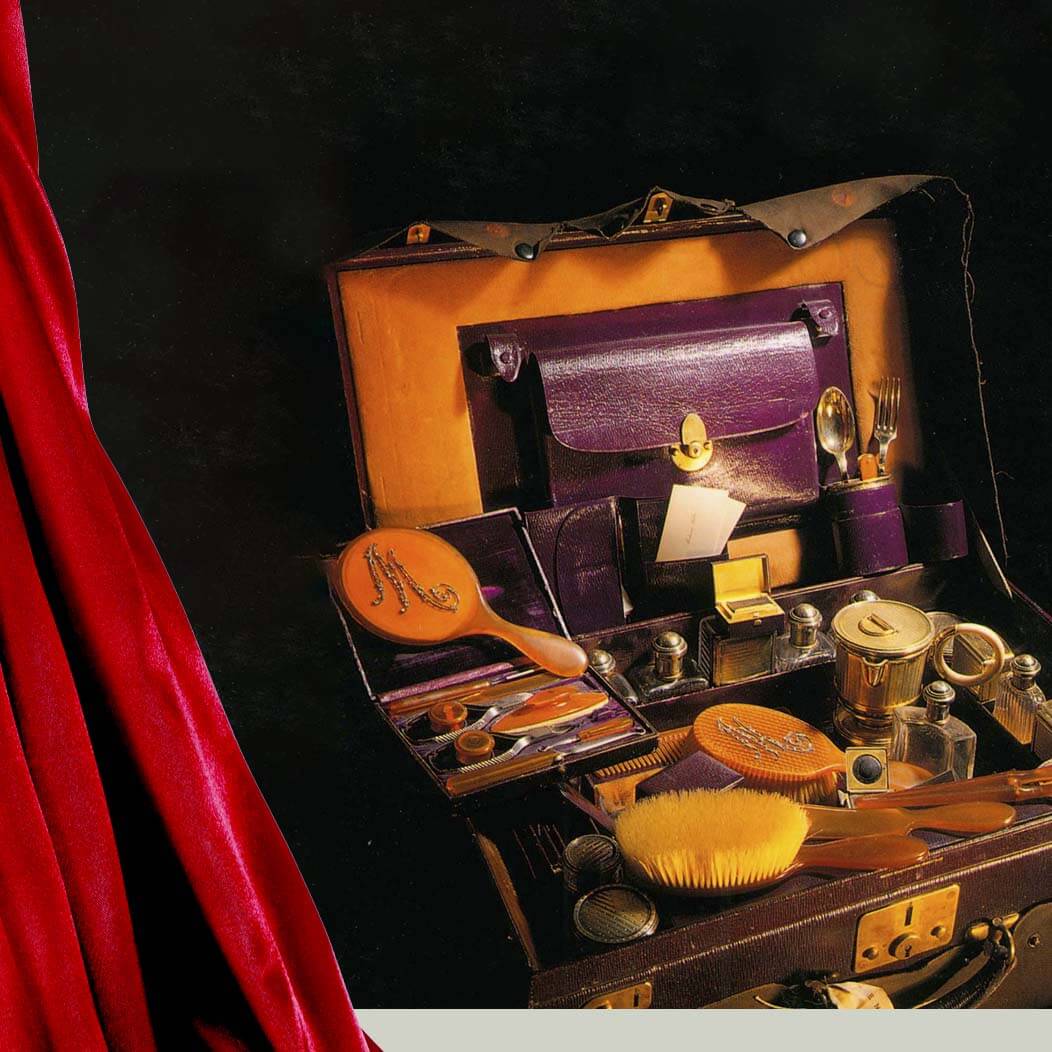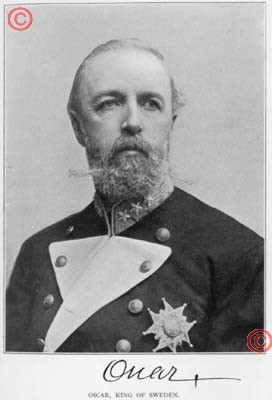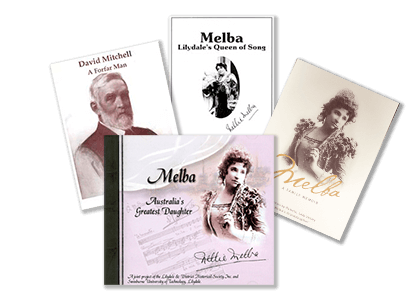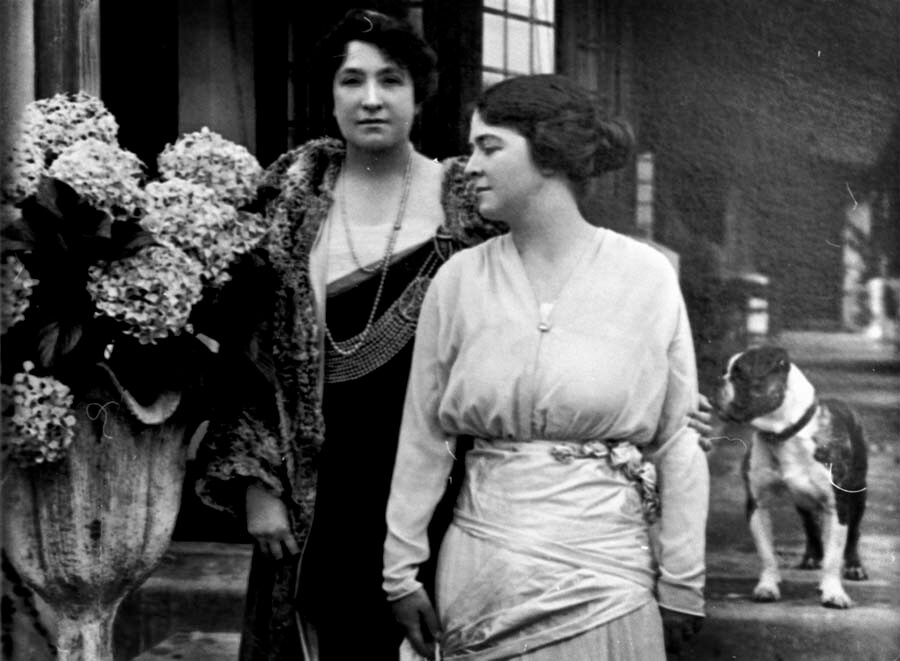
Tours | Scandinavian Tour 1893
After her season at Covent Garden, Melba headed to Scandinavia for a short tour before crossing the Atlantic to launch her American debut season.
The tour from October 31 to November 15 included Sweden and Denmark where Melba was met with ‘instantaneous appreciation’.
On October 31, 1893 Melba sang in Romeo and Juliet at the Opera House in Stockholm. Other operas were Lohengrin and Faust. For concerts Melba performed the Mad Scene from Hamlet and the Mad Scene from Lucia di Lammermoor. (1)
Writing of her role as Elsa in Lohengrin, the critic from the Swedish newspaper Dagen Nyheter wrote:
“Melba is Elsa .. Everyone who sees her in Elsa is soon convinced that the famous singer is also a great actress”
In the scene outside the church, the critic wrote:
“Madame Melba acted with such alert and subtle understanding, such admirably considered detail, that her impersonation would have honoured even an actress of rank who relied solely on her dramatic portrayal for her place in public esteem.” (2)
Towards the end of the season in Stockholm, Oscar, the King of Sweden and Norway sent Melba a note asking if she could await his return to the capital so he could hear her sing.

Melba had little time left before she had to go to America but cabled the promoter Maurice Grau who gave her an extra week.
The King selected the program which Melba said was ‘as arduous a selection as any singer could possible undertake’:
- The Balcony scene from Romeo.
- The second Act of Lohengrin.
- The Third Act of Lucia.
- The Fourth Act of Faust. (3)
Twice during the program the King stood and bowed to Melba from the royal box.
During the performance he sent a message he wanted to meet Melba at the palace the next day.
Melba described that meeting:
“I arrived ten minutes before the time, and was ushered through endless suites of the exquisitely decorated drawing-rooms until eventually I arrived at a small room, furnished in the simplest possible style. Here I found the King waiting for me, with a single groom-in-waiting by his side. He greeted me in Italian.” (4)
The King conferred the Litteris et Artibus (Order of Literature and Art) but had difficulty pining the award on Melba. Melba requested the King to pin it on and he asked her for a pin. As Melba had only a hatpin, the groom-in-waiting supplied a pin for the King.
As the King said there was a superstition that giving pins would bring ill feeling, he kissed Melba on both cheeks to take away any evil spells and left the award pinned on her breast.
When Melba left for the station, she found 5000 people were there to see her off and all were singing ‘divine Swedish folk tunes, one of which Christine Nillson introduced as a solo in Hamlet.’ (5)
It was another three years – 1896 – before Melba met the King again when he visited her at her Paris apartment for a cup of tea and they spent afternoon singing duets from about half a dozen operas. (6)
Denmark
As foreigners were not allowed to appear on the stage of Denmark’ only opera house, Melba’s Copenhagen performances were held in the concert room.
At her first concert on November 12, 1893, Melba’s performance included Gounod’s Ave Maria, Caro Nome and the Mad Scene from Lucia.
The newspapers reported:
“The magnificence of the voice, the dazzling virtuosity and personal sonorousness of the organ, aroused the audience to a state of enthusiasm that increased quite alarmingly during the evening.”
At the second concert, the hall was again crowded and she again received glowing reviews:
“There was the greatest possible fortissimo in the applause. Again and again she was called for, and in the Handelian air her magnificent voice and perfect art of singing were unfolded in the most admirable way.” (7)
Extra concerts at Copenhagen could not be arranged as Melba had to reach Le Havre and board the La Bretagne* for America. (8)
References
(1) A. Murphy, Melba: A Biography, Doubleday, Page & Co, New York, 1909, pg 83.
(2) A. Murphy, op. cit., pg 84.
(3) N. Melba, Melodies and Memories, Thornton Butterworth Ltd, London, 1925, pg 118.
(4) N. Melba, op. cit., pg 118.
(5) N. Melba, op. cit., pg 119.
(6) N. Melba, op . cit., pg 120.
(7) A. Murphy, op. cit., pg 86.
(8) New York Times, New York, November 20, 1893 pg 5.
* La Bretagne (1886-1912 – 7112gt)
La Bretagne was built for CGT (Compagnie Generale Transatlantique – known as la Transat in France) in 1886.
In 1912 she was transferred to CSA, and in 1919 was renamed Alesia In 1923, Alesia was sold for scrapping but went aground and was lost.
For photos and more information go to:
http://www.simplonpc.co.uk/CGT_PCs_03.html#anchor797198
Online Shop
Purchase books, CDs, photographs and other merchandise



Share Your Information with the Museum!
Email us your info (and images) to:
[email protected]
Our home is the Old Lilydale Court House:
61 Castella Street, Lilydale 3140
Hours of opening:
By appointment only:
Fridays 1 to 4pm and Saturdays to Mondays 11am to 4pm.
Sundays are preferred.
Closed Public Holidays

Nellie Melba Museum
Contact Details:
Sue Thompson: 0475 219 884
Email: [email protected]
Share your info with us:
[email protected]
Our home is the Old Lilydale Court House:
61 Castella Street, Lilydale 3140
Hours of opening:
By Appointment only:
Fridays 1 to 4pm and Saturdays to Mondays 11am to 4pm.
Sundays are preferred.
Closed Public Holidays

Nellie Melba Museum
Contact Details:
Sue Thompson: 0475 219 884
[email protected]
Nellie Melba Museum
Contact Details:
Sue Thompson: 0475 219 884
[email protected]
Our home is the Old Lilydale Court House:
61 Castella Street, Lilydale 3140
Hours of opening:
By appointment only:
Fridays 1 to 4pm and Saturdays to Mondays 11am to 4pm.
Sundays are preferred.
Closed Public Holidays
Share Your Information
with Nellie Melba Museum!
Sue Thompson: 0475 219 884
[email protected]

